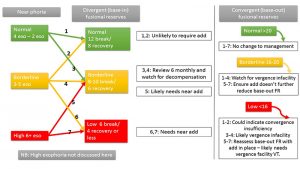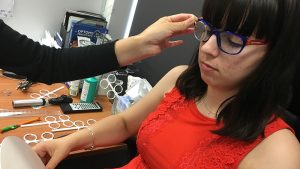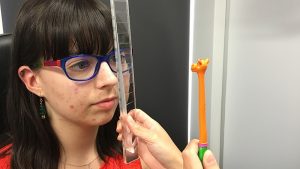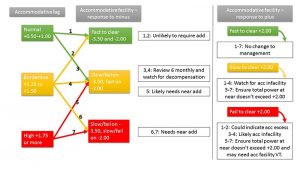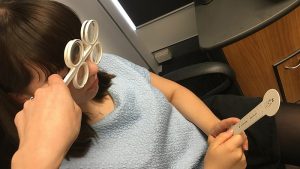Gauging success in myopia management
How can you tell if your myopia management strategy has been a success? Our new Myopia Profile ‘Managing Myopia Guidelines’ infographics translate research into practice, providing advice on gauging success by both refraction and axial length outcomes. Given that refraction is universally measured in clinical myopia practice, there is particular emphasis on understanding how much refraction change after a year of treatment indicates whether expected efficacy for that intervention has been attained.




